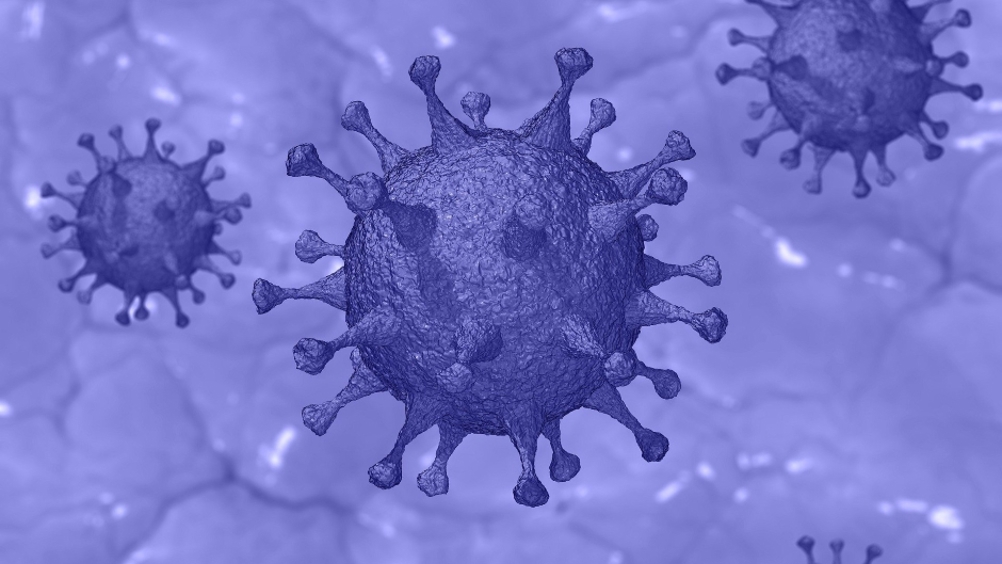The self-sterilising film, described as the first of its kind, is low cost, scalable and could be used for disposable aprons, tablecloths, and curtains in hospitals.
It is coated with a thin layer of titanium dioxide particles that absorb UV light and produce reactive oxygen species (ROS) that kill viruses including SARS2. The technology used to create the film also ensures it is degradable.
According to QUB, the breakthrough could lead to a significant reduction in the transmission of viruses in healthcare environments but also in other settings that make use of plastic films.
The Queen’s researchers tested the film for anti-viral activity using two strains of influenza A virus, a highly-stable picornavirus called EMCV and SARS2, exposing it to UVA radiation or with light from a cool white light fluorescent lamp. They found that the film is effective at killing all of the viruses, even in a room lit only with white fluorescent tubes.
MORE FROM MATERIALS
The research, published in the Journal of Photochemistry and Photobiology B: Biology, was carried out by Professor Andrew Mills, Dr Ri Han and Dr Christopher O’Rourke in the School of Chemistry and Chemical Engineering at Queen’s University Belfast and Dr Connor Bamford and Dr Jonathon D. Coey at the Wellcome-Wolfson Institute for Experimental Medicine in the School of Medicine, Dentistry and Biomedical Sciences at Queen’s.
In a statement, Professor Mills said: “This film could replace many of the disposable plastic films used in the healthcare industry as it has the added value of being self-sterilising at no real extra cost. Through rigorous testing we have found that it is effective at killing viruses with just room light – this is the first time that anything like this has been developed and we hope that it will be a huge benefit to society.”
“Pathogenic viruses like SARS2 and influenza will continue to be global problem for years to come,” said Dr Bamford. “In developing self-sterilising thin plastic films, we have created a low-cost technology that could have a significant impact on the transmission of such concerning viruses in a healthcare environment and other sectors where they are used.”
The project was funded by the Engineering and Physical Research Council.











Guest blog: exploring opportunities for hydrogen combustion engines
"We wouldn't need to pillage the environment for the rare metals for batteries, magnets, or catalisers". Batteries don't use rare...